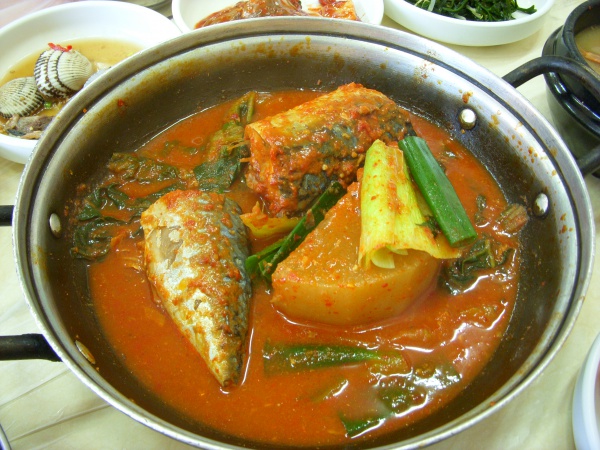Facts About Jorim
Jorim is a beloved Korean dish in which various ingredients such as vegetables, meat, fish, seafood, or tofu are simmered in a seasoned broth until the liquid is mostly absorbed and reduced. The broth is usually soy sauce-based but may also include spicy elements like gochujang (Korean chili paste) or gochutgaru (Korean chili flakes), particularly in recipes featuring fish such as mackerel, saury, or hairtail.
In the context of Korean royal court cuisine, jorim is referred to as "jorini." The term "jorim" originates from the Korean verb "jorida" which means "to boil down" and was officially recognized as a culinary term in the 18th century. Prior to this, dishes now known as jorim were categorized under "jochi" which also encompassed dishes like jjim (steamed or braised dishes) and jjigae (stews). The first recorded mention of jorim as a distinct category appeared in the 19th-century cookbook "Siuijeonseo" which included recipes such as jang-jorim (soy sauce-simmered beef).
There are numerous varieties of jorim, each highlighting different main ingredients. Some popular types include:
- Dubu-jorim: Simmered tofu
- Galchi-jorim: Simmered largehead hairtail
- Gamja-jorim: Simmered potatoes
- Godeungeo-jorim: Simmered chub mackerel and radish
- Jang-jorim: Soy sauce-simmered beef
- Kkaennip-jorim: Simmered perilla leaves
- Kkongchi-jorim: Simmered saury
- Ueong-jorim: Simmered burdock roots
- Yeongeun-jorim: Simmered lotus roots
Each variety brings its unique flavor and texture to the table, making jorim a versatile and cherished part of Korean cuisine.

 North Korea
North Korea